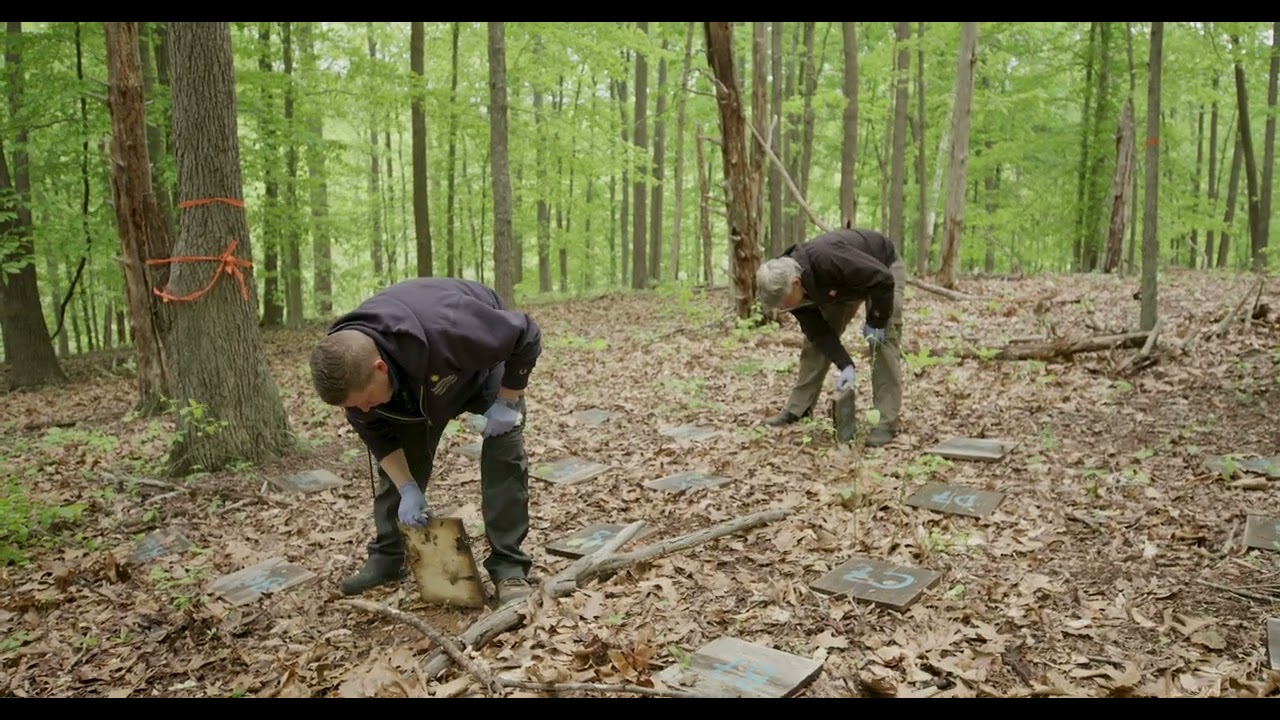– The significance of AmphibianWeek in promoting awareness and conservation of amphibian species
– Understanding the delicate lifecycle of salamanders and their role in biodiversity
– Techniques and technologies used in counting and monitoring salamander populations
– The impact of environmental changes on salamander habitats
– How public participation and community science initiatives can aid in amphibian conservation
AmphibianWeek is a pivotal moment each year to highlight the vital importance of amphibians in global ecosystems and rally support for their conservation. As fascinating creatures that play crucial roles in maintaining ecological balance, amphibians like salamanders are often indicators of environmental health. Their permeable skin makes them particularly susceptible to pollutants, making their monitoring critical for assessing ecosystem integrity.
With their diverse species, complex lifecycles, and secretive habits, salamanders are compelling subjects within zoology and environmental science. Their lifecycle, which often includes both aquatic larval and terrestrial adult stages, reflects the delicate balance required for their survival and underscores the importance of water and land conservation efforts. Salamanders act as vital predators and prey within their ecosystems, influencing the population dynamics of other organisms. Hence, understanding their lifecycle is essential for developing conservation strategies to preserve and restore their habitats.
Counting and monitoring salamander populations have evolved with technology, incorporating traditional hands-on techniques and innovative methods. Field biologists often employ visual encounter surveys, pitfall traps, and environmental DNA (eDNA) sampling to estimate population sizes and monitor trends. eDNA, in particular, offers a non-invasive way to detect salamander presence in water bodies, providing valuable data without the need for direct handling, which can stress these sensitive animals.
Environmental changes, including habitat loss, pollution, climate change, and the introduction of invasive species, pose significant threats to salamander populations worldwide. Deforestation and urbanization fragment suitable habitats, while pollutants in water bodies can lethally accumulate in salamander bodies due to their permeable skin. Climate change also affects breeding patterns and larval development stages. Addressing these issues requires concerted conservation efforts focusing on habitat protection, pollution control, and climate action.
Public participation in the conservation of salamanders through community science initiatives is critical in augmenting professional research efforts. Citizen scientists contribute to large-scale data collection, helping to map distributions, note phenological changes, and even discover new species. Educational programs during AmphibianWeek encourage individuals to learn about these creatures, fostering a connection with nature and inspiring actions to protect these vital but vulnerable species.
In essence, AmphibianWeek shines a spotlight on the precious diversity of amphibian life and serves as a call to action for their protection. Understanding the complex lifecycles of species like salamanders, the intricate methods required for their study and monitoring, and the profound impacts of environmental change on their existence underscores the urgency of conservation efforts. With a well-informed public joining forces with scientists and conservationists, there is hope for sustaining our planet’s rich tapestry of amphibian life. Engaging widely with these topics during AmphibianWeek and throughout the year can lead to more concerted efforts worldwide to conserve these essential, though often overlooked, components of our global biodiversity.
*****
Source Description
When scientists are trying to conserve a species, its critical for them to know how many of those animals are living in the world. But when you’re considering creatures like red-backed salamanders –which spend a lot of time underground– how would you try to count them? 🦎🤔
It turns out, you need tiny “tattoos” and a lot of hands. By counting the ratio of marked to unmarked salamanders in a designated plot, researchers can determine how many salamanders are in an entire forest!
The Smithsonian is part of the Salamander Population & Adaptation Research Collaboration Network (SPARCnet), a group of scientists and educators that studies how different salamander populations are faring across North America. Together, SPARCnet monitors how climate change and land use may impact salamanders.


